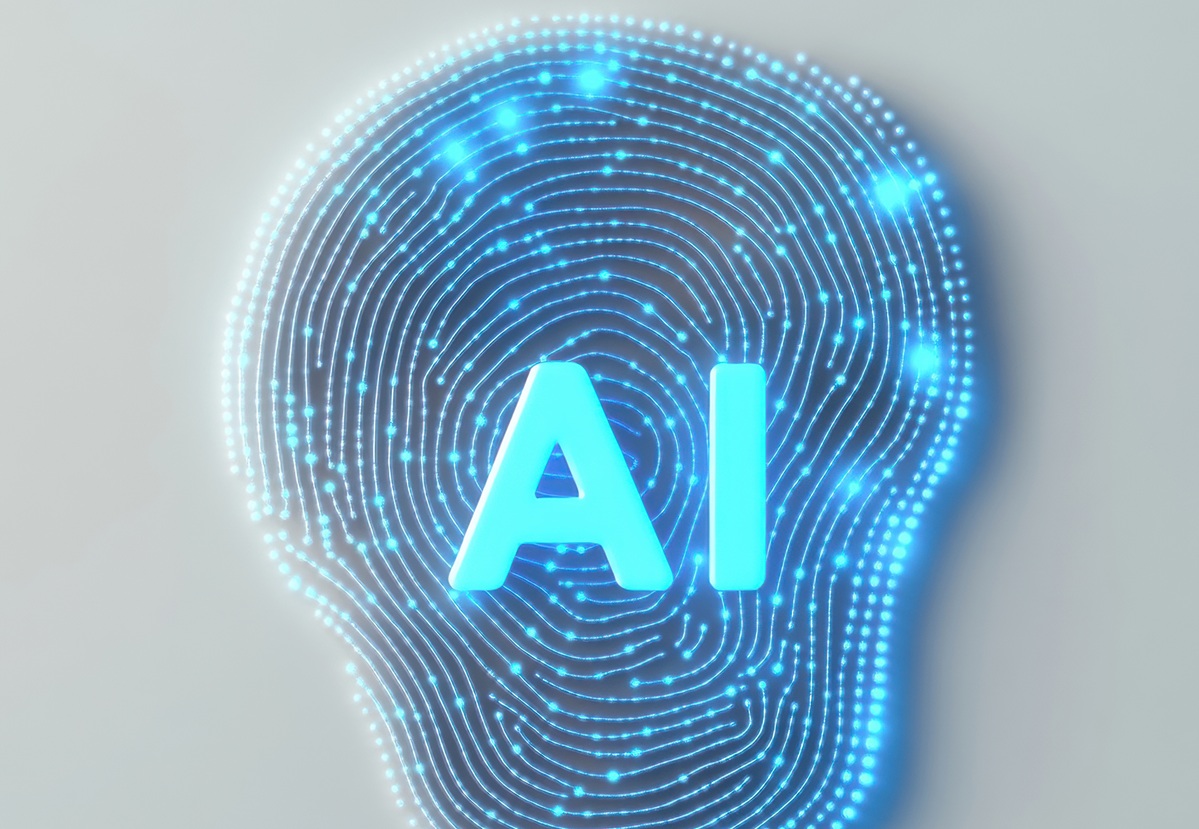July 09, 2025
Beyond the Memes: AI-Generated Imagery as a Marketing Gamechanger

ChatGPT’s new image generator has sparked a viral trend—from personalised Barbies to Simpson-style images flooding social media. But the memes phenomenon is more than just entertainment, it represents just one of the capabilities of a new marketing tool.
Generative AI (GenAI) is poised to transform content creation. As brands face growing content demands, AI-generated imagery enables hyper-personalisation at scale, accelerates production timelines and frees marketers to focus on strategy and creativity. And while image generation is a trending example of AI, it represents just one aspect of the AI-driven marketing shift.
The Case for AI-Driven Personalisation and Memes
Personalised content enables brands to deliver relevant interactions that resonate with individual preferences and behaviours. A recent study found that 71% of consumers expect companies to deliver personalised interactions and 76% get frustrated when it doesn’t happen.
Marketers understand the opportunity: Sitecore’s 2025 Websites Report reveals that 86% of marketers want to see AI integrated into their strategies to personalise user experience. However, only 32% feel their current Content Management System (CMS) platforms support this effectively.
Hyper-personalised experiences require one thing above all: content. AI-generated imagery can produce countless variations of a single image, simplifying localisation and tailoring visuals for diverse audiences, channels and regions. It also accelerates creative cycles by allowing teams to quickly visualise ideas, fill gaps in asset libraries and enable long-tail personalisation powered by real-time data.
From Pilots to Pipelines: Scaling AI in Marketing
Despite the transformative capabilities of AI for marketing, most teams are still in the early stages of AI maturity. While 74% of companies are already using AI in some capacity, only 10% have implemented it at scale.
Most marketers are experimenting with GenAI for imagery on an ad hoc basis, using one-off tools for inspiration, mock-ups or concept boards. The path to full-scale adoption requires more than just selecting the right technology. To fully adopt AI, marketers must move from experimental pilots to fully integrated, automated content pipelines that are part of a wider AI strategy and roadmap.
This approach allows teams to connect real-time data and AI-driven analysis directly to campaign creation, enabling faster response times and more consistent messaging across all touchpoints.
But as AI becomes more embedded in workflows, new challenges emerge—especially around brand consistency.
Protecting Brand Voice
Automating content creation with AI means even minor inconsistencies can quickly multiply across channels. AI speeds up visual content creation but without human oversight, it risks producing generic, off-brand or biased outputs.
The solution is to strengthen brand governance for an AI-powered world. This means evolving traditional brand guidelines into machine-readable parameters that AI can consistently apply.
While 54% of organisations acknowledge the significant effort required to train AI in brand voice, those who invest in this foundation can scale content creation without compromising authenticity.
One effective approach is tiered approvals. AI might generate low-risk content like product specs autonomously, while high-stakes content, such as campaign messaging or creative headlines, remains subject to human review. Creativity and judgment remain essential for ensuring nuance, relevance and a distinctive brand voice amid widespread AI content.
Ethics and Transparency
With great creative power comes responsibility. Ethics must be a core pillar of an organisation’s marketing strategy, not just a compliance check.
Meeting regulations like the EU AI Act, is just the beginning. Forward-looking brands are going further by watermarking AI-generated content, ensuring human oversight and ensuring outputs are inclusive, accurate and appropriate.
The legal implications of ChatGPT are still evolving and mirror long-standing debates on fair use in social media. New frameworks will emerge to govern GenAI outputs, helping to balance innovation with respect for original creators.
Initiatives like the Coalition for Content Provenance and Authenticity (C2PA) are already working to verify the origin and authenticity of digital media and paving the way for broader global standards. As GenAI grows, new policies and tools will help organisations to ensure transparency and protect against plagiarism risks.
Transparency is not just the right thing to do; it is a competitive advantage. Brands that embrace responsible AI use will build trust, foster loyalty and differentiate themselves in a crowded market.



